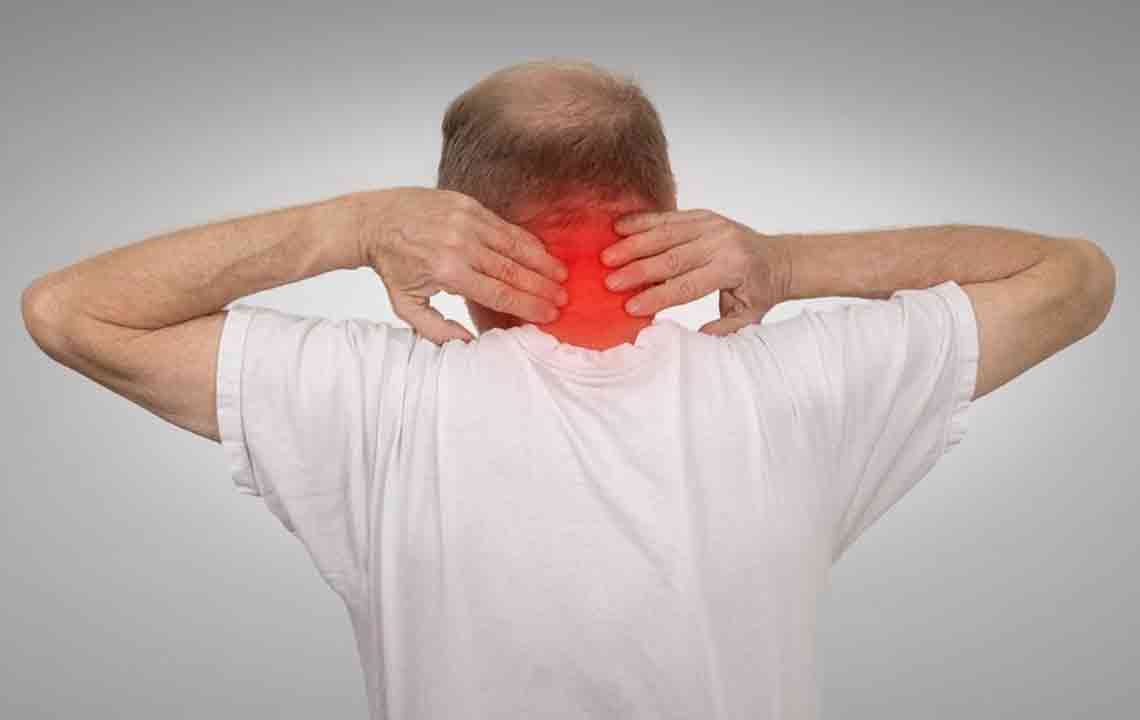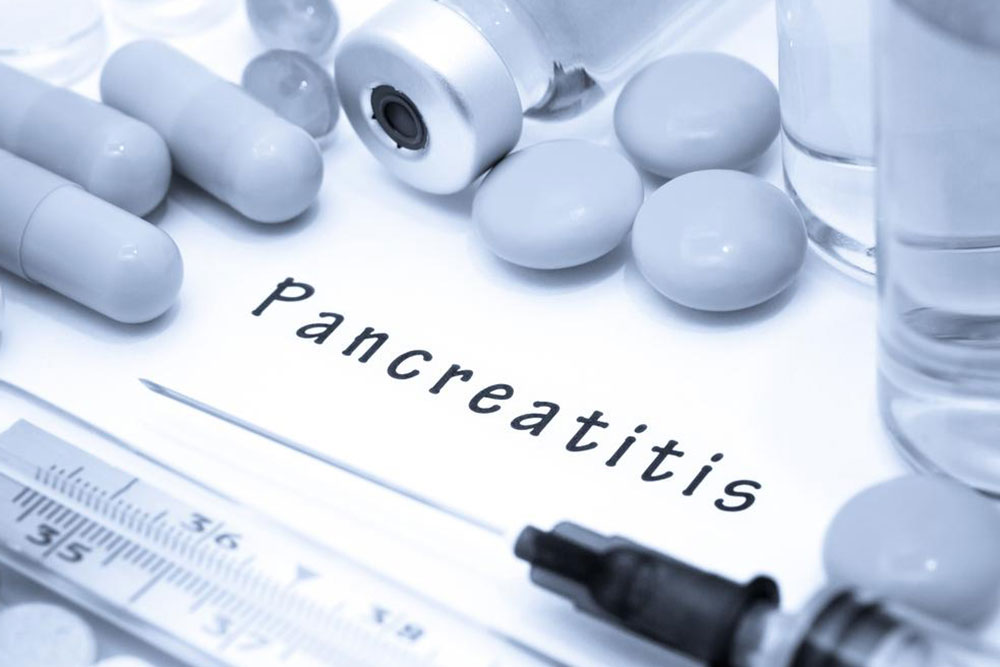Key Signs and Symptoms of Ankylosing Spondylitis You Should Recognize
This article highlights key symptoms of ankylosing spondylitis, including persistent back pain, stiffness, and inflammation-related issues. It explains the causes, diagnosis methods, and how to manage this chronic condition effectively to improve quality of life. Recognizing early signs can lead to timely treatment and better outcomes.

As a form of spondyloarthropathy, ankylosing spondylitis shares symptoms and causes with conditions like psoriatic arthritis, reactive arthritis (Reiter’s disease), and arthritis linked to Crohn’s disease and ulcerative colitis. These ailments impact the spine, joints, eyes, skin, mouth, and other organs.
Primarily affecting the spine, ankylosing spondylitis is an inflammatory disease that can cause fusion of parts of the spine, involving the ribs and sacroiliac joints in the lower back. It is more prevalent among males and typically begins in late adolescence or early adulthood, around 17 to 45 years old.
Children can also develop this condition, known as juvenile ankylosing spondylitis. Its origins are mainly linked to genetic and environmental factors.
What triggers ankylosing spondylitis symptoms?
Individuals with the HLA-B27 antigen gene are more prone to ankylosing spondylitis. This gene can be inherited, but not everyone with it develops the disease—about 10% of HLA-B27 carriers remain unaffected. Beyond this genetic link, no definite cause has been established.
Symptoms' progression varies among individuals, making diagnosis challenging. Healthcare providers use blood tests for HLA-B27, X-rays of the spine and pelvis, MRI scans, physical exams, and symptom assessment to diagnose the condition. Physical assessments include tests for spinal mobility, pain reproduction in affected areas, and chest expansion issues during deep breathing.
Typical signs of ankylosing spondylitis
The symptoms resemble those of other spondyloarthropathies and tend to develop slowly, peaking in early adulthood. Common symptoms include persistent dull pain and stiffness in the pelvis, hips, heels, chest, and lower back. These usually worsen in the morning, sometimes severe enough to wake individuals. These symptoms can last for over three months.
As the disease progresses, pain becomes chronic and intense, hindering daily functioning. Exercise may temporarily relieve pain, but rest worsens it. A notable symptom is 'bony fusion,' where overgrowth of bone causes abnormal joining of the neck, back, and hip bones, restricting movement.
Inflammation of tendons, especially the Achilles tendon behind the ankle, is another symptom. Many affected individuals also experience loss of appetite, fever, and fatigue.
In some cases, inflammation can affect the eye’s iris, leading to iritis or uveitis, which typically affects one eye. Symptoms include headache, light sensitivity, eye pain, redness, and blurred vision. It can be chronic or acute, with acute cases resolving quickly with treatment, while chronic cases may persist for months or years.
An unusual but serious symptom is cauda equina syndrome, involving loss of bladder and bowel control, speech difficulties, and numbness in extremities—all requiring urgent medical attention.
Managing ankylosing spondylitis symptoms
There is currently no cure for ankylosing spondylitis; thus, treatment focuses on managing symptoms and maintaining quality of life. Treatment plans are regularly adjusted to reduce discomfort and help individuals lead as normal a life as possible.










